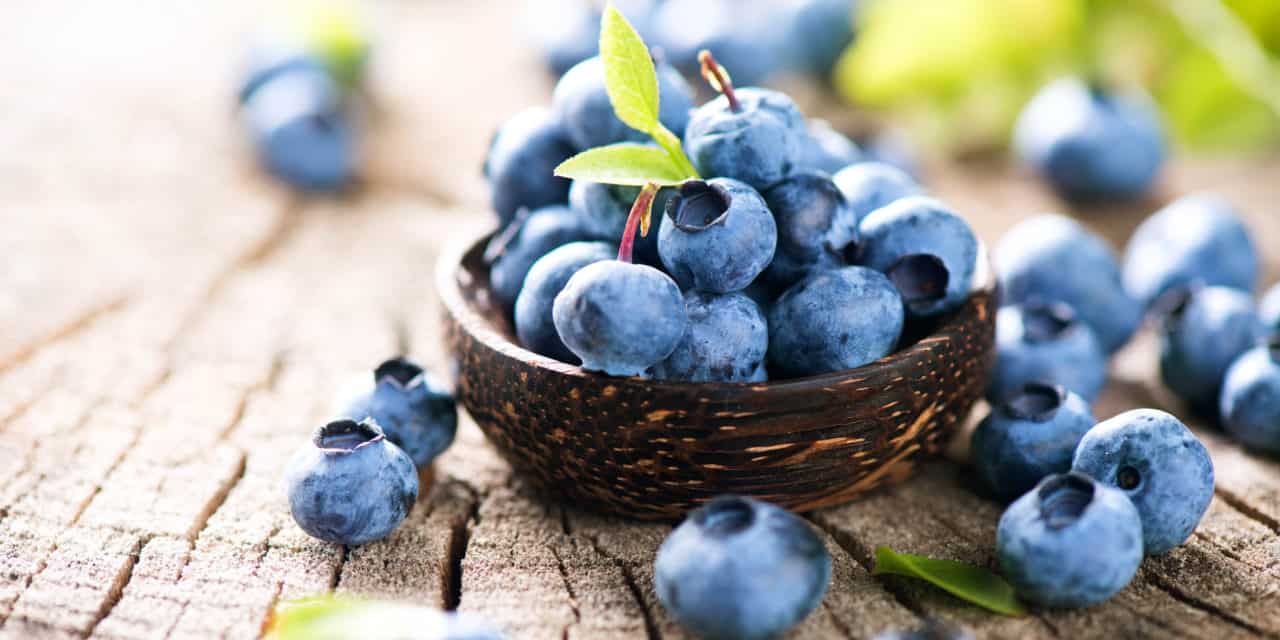By Eileen Majors
For many, it’s easy to overlook some things, like the super powers of produce. After spending a few hours researching the benefits of these colorful creations, I am absolutely craving them constantly. Just like Mom used to say, “Eat your vegetables!” Mix ‘em up; the more colors, the better.
Sweet Potatoes
We went to the North Carolina SweetPotato Commission for the goods on this colorful veggie. A medium sweet potato with skin has over four times the recommended intake of Vitamin A, which helps with vision, bone development and immune function. Also a good source of vitamin C, studies show it can help heal wounds, fight infections and aid in absorption of iron. Low in calories, about 100, when baked in the skin, sweet potatoes are high in antioxidants compared to other vegetables, which can reduce the risk of chronic diseases such as cardio vascular disease and cancer. Rich in complex carbohydrates and fiber, sweet potatoes keep you full longer, help maintain healthy bowels and lower cholesterol. Also a good source of Manganese, they help maintain normal blood sugar levels and optimal thyroid function. Their spectacular orange interior is full or nutrients. They are naturally sweet and delicious.
Spinach
March through May brings in good crops of spinach. High in dietary fiber, spinach is an excellent source of vitamin A, vitamin C, is high in iron, folate and a good source of magnesium. Spinach is rich in beta-carotine, lutein and xanthene, all beneficial for eyesight.
Look for dark rich color, which delivers more Vitamin C than spinach leaves pale in color. Its high content of potassium is said to aid in brain health and increased blood flow to the brain. Spinach touts reduced risk of osteoporosis and cataract, aid in strengthening muscles, and help with maintaining normal blood pressure. Rich in anti-cancer and anti-inflammatory properties, the benefits of spinach are wide.
Blueberries
This is one superfood to keep handy. Loaded with phytonutrients that neutralize free radicals. (free radicals are agents that cause cell damage and aging) Their rich antioxidants may protect against cancers and reduce the effects of aging. Blueberries contain a type of flavonoid known as anthocyanins, which give fruits like blueberries, cranberries, red cabbage and eggplant their deep red, purple and blue hues. They are also responsible for the fruit’s numerous health benefits including preserving brain health. Studies have shown that blueberries can help reduce the risk of cognitive decline and even Parkinson’s disease, a disorder resulting from cell death in parts of the brain.
Broccoli
Heralded for its many health benefits, broccoli is even credited for its ability to help prevent many types of cancer and aid in immunity. The green and purple colors of broccoli come from its vitamin, C, beta-carotene, and other vitamins and minerals, like copper, Zinc, and phosphorous, great immune system strengtheners. Rich in calcium and chromium, this is one veggie to keep on your shopping list. The only word of caution is that, for some who are allergic, contact with broccoli can cause skin irritation.
Red Cabbage
This is one colorful veggie with a lot of claims, from protection against Alzheimer’s disease and genitive disorders to helping reduce signs of aging, as well as reduce the risk of some cancers. Aiding in the prevention of macular degeneration and cataracts, red cabbage is also rich in calcium, magnesium, manganese and other minerals that contribute to bone growth and mineral density, said to protect against osteoporosis, arthritis, and various other forms of inflammation. For pregnant women and those who have hypothyroidism, red cabbage may be better avoided; check with your doctor to be sure.
The benefits of eating vegetables are wide and numerous. Share your great veggie recipes with MVL!
Email: mountainvalleyliving@gmail.com.
Find more on the power of produce: OrganicFacts.net, ncsweetpotatoes.com, medicalnewstoday.com












